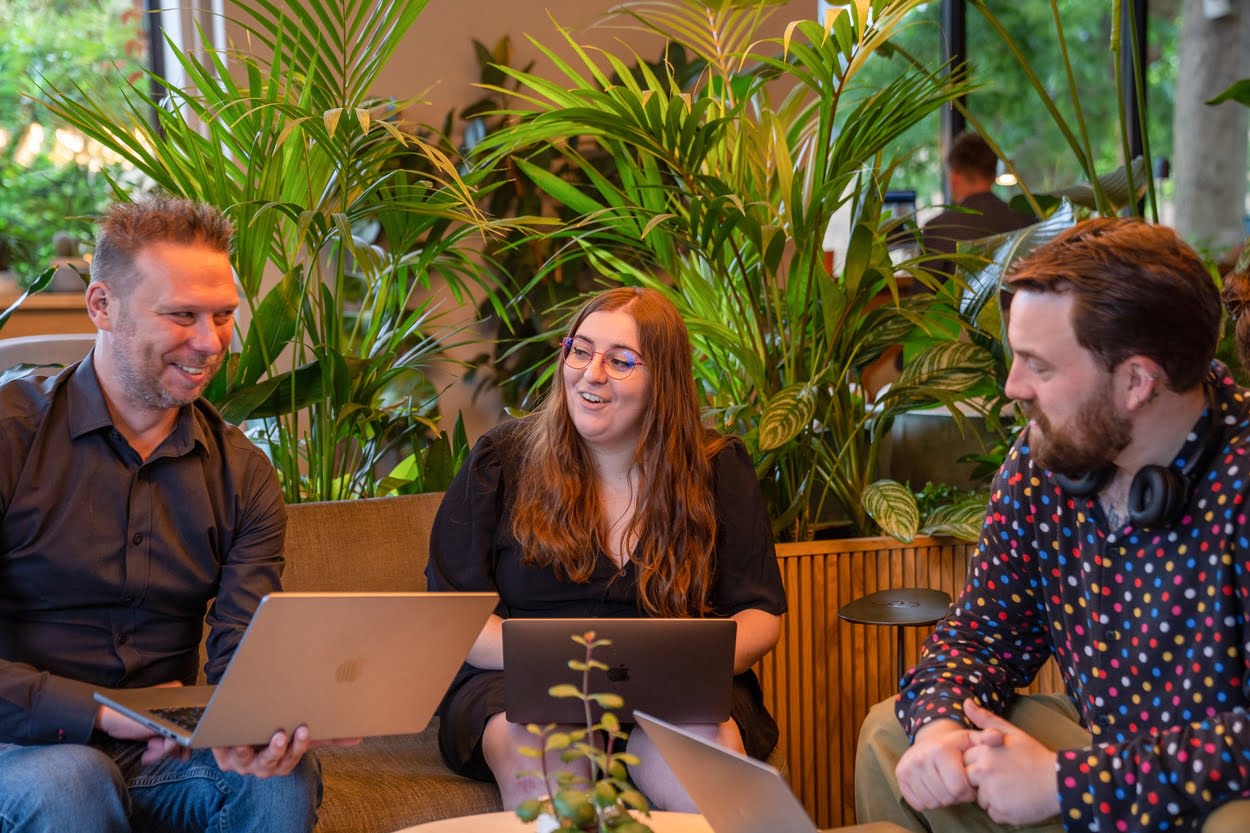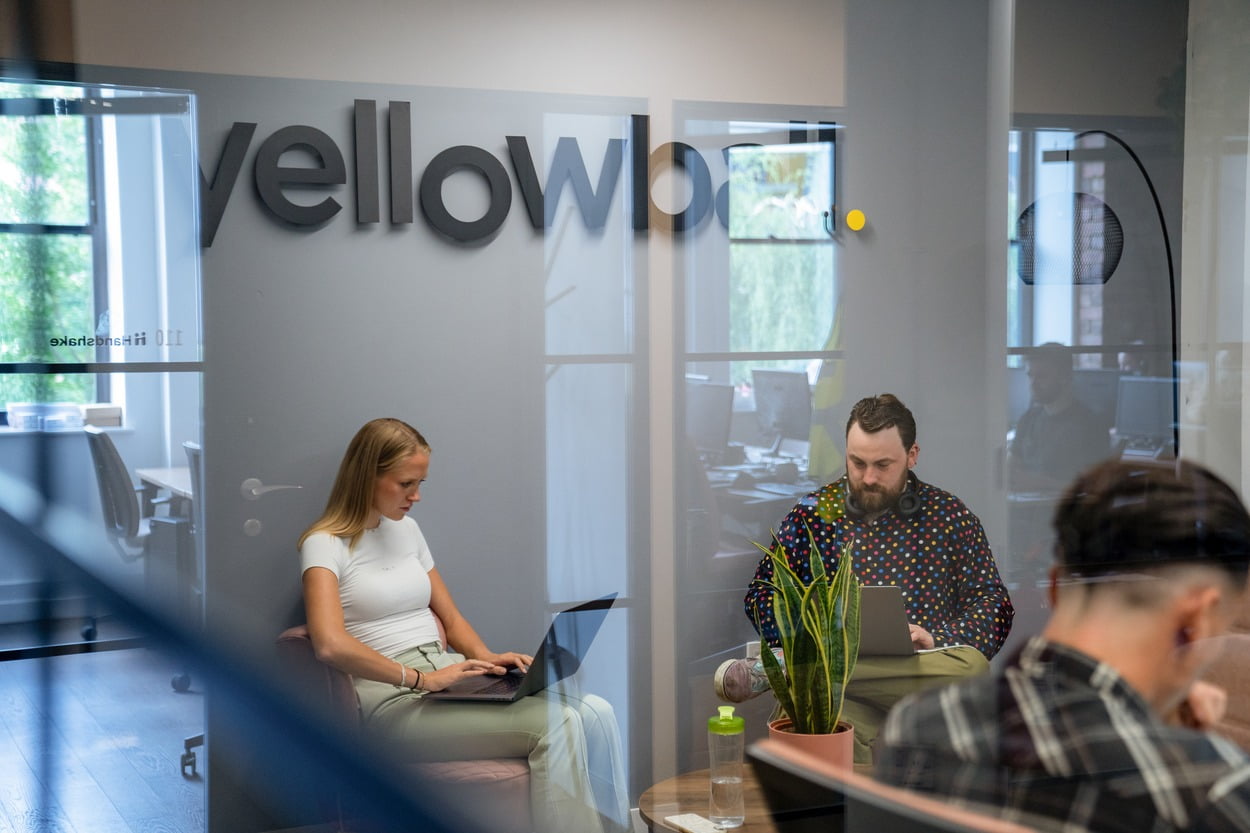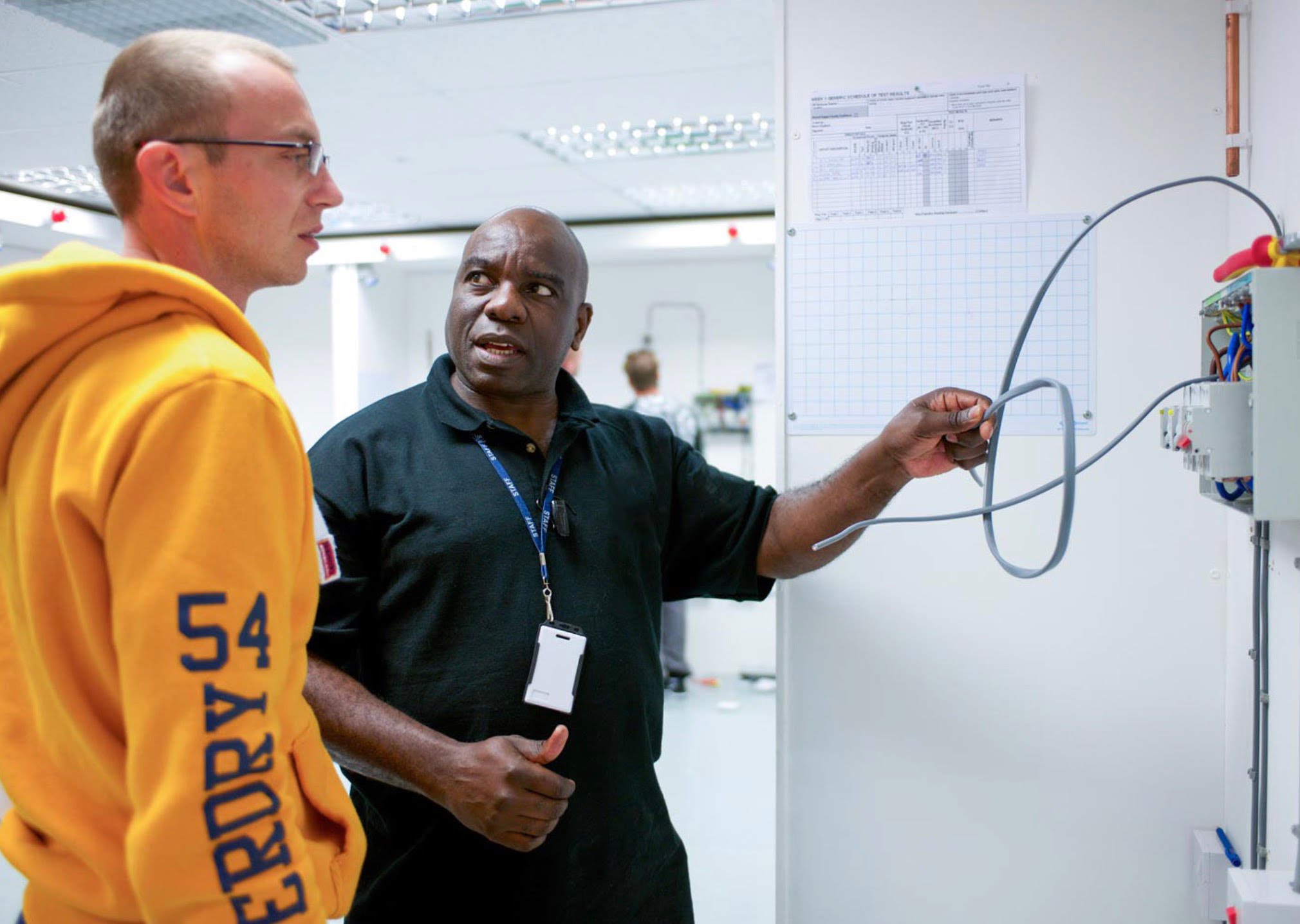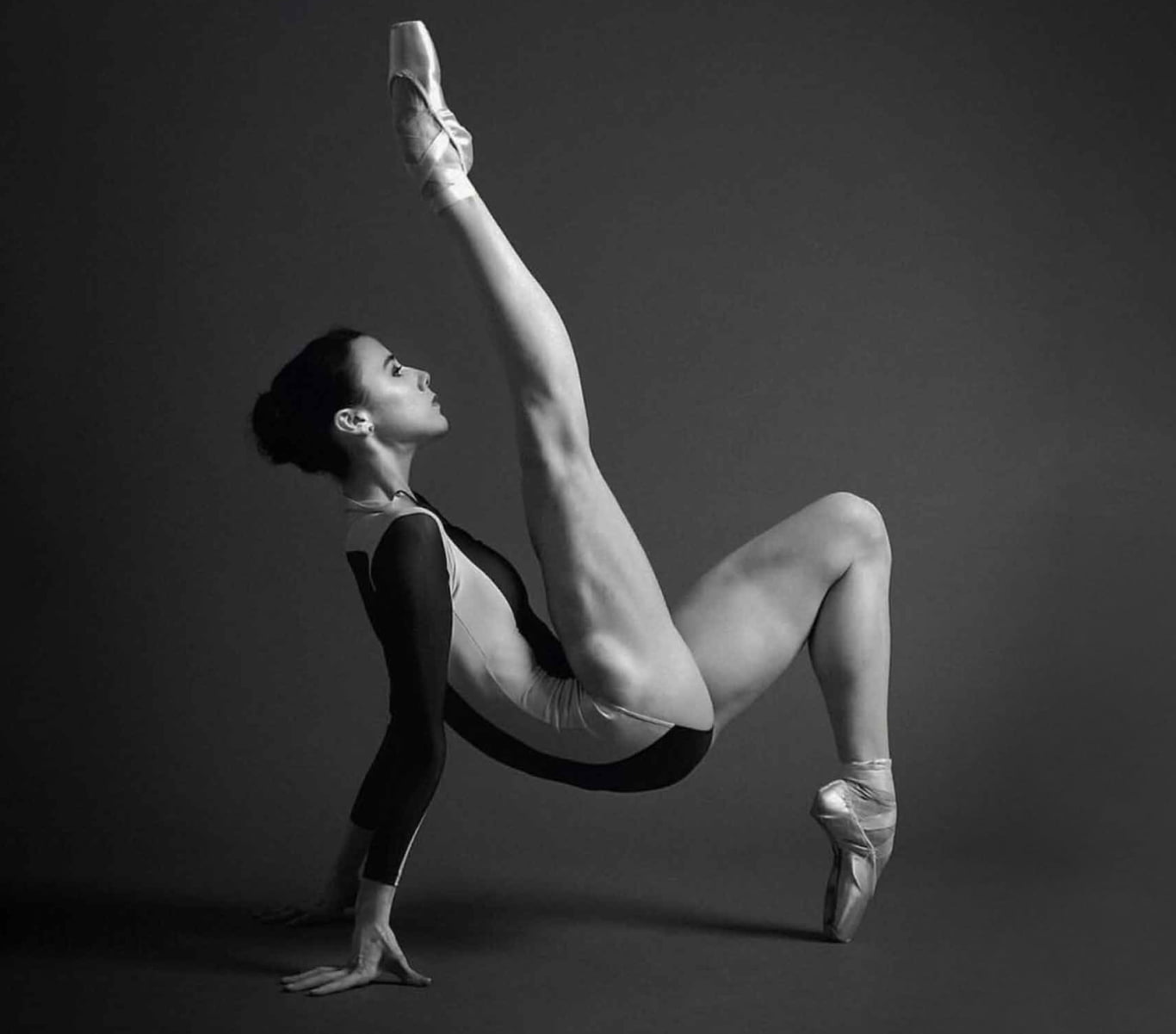Social platforms and technology continue to evolve at a lightning-fast pace. And the first few months of 2016 are no exception, with two of the world’s biggest social media services, Twitter and Instagram, having already announced and rolled out a swathe of updates that impact hundreds of millions of users and advertisers globally. If you’ve missed these, here’s Yellowball’s handy guide to what’s changed and how you can make sure your business is perfectly positioned to benefit from the changes.
The big news: Instagram and Twitter have both announced the roll out of algorithmic feeds
An algorithmic feed just means that the content is automatically curated, based on relevance factors such as your interests, connections and engagement, as opposed to simply loading the content in reverse-chronological order.
The social media behemoth Facebook has, of course, operated a highly-curated news feed since it first launched the feature back in 2006. Most users have the potential to see over 1,500 stories when they access Facebook, although the majority only have time to absorb about 300, so Facebook’s highly advanced ranking algorithm helps to sift out the content you’re less likely to be interested in, to ensure only the best, most interesting and most engaging content gets your attention.
Twitter and Instagram’s changes mean they’ll be working in a similar way to this. Clearly Facebook have years of experience developing their algorithm based upon more complicated factors then just ‘did a friend like this post?’. As such, while Instagram have the backing of Facebook and the associated knowledge that comes with that backing (ownership) it will be intriguing to see how Twitter try to close the gap without all of this experience. After all, whilst I am no mathematician I can imagine these algorithms are more complex than they may originally seem…
What’s changed at Twitter?
In February, Twitter announced that it was changing the order it displayed tweets in the timeline. This was a radical update and caused a major backlash from die-hard users when it was first announced by reinstated CEO and co-founder, Jack Dorsey. This was a fundamental move away from the core structure of how the service operated, having until then been based around tweets loading in reverse-chronological order. Users loved the immediacy and live nature of the feed and feared that by ranking tweets based on relevance or engagement, the real-time nature of the platform would fizzle away.
Twitter had originally rolled out the new ‘while you were away’ feature in early 2015, in which top tweets you’d missed since you visited were placed in a algorithmically-curated section of the timeline at the top of your feed. The reaction from this was positive and the update early this year is essentially an extension of this concept, with the entire feed now being algorithmically ordered.
During extensive testing of the new feed in late 2015, Twitter discovered that users were retweeting, liking and engaging with the tweets in their curated timeline far more than they were when tweets were displayed chronologically. This does make sense, when you consider most people follow hundreds and often thousands of people, but they care more deeply about some accounts they follow than others.
The degree of curation is also directly linked to how often you open the app. If you’re a light user and log in only a few times a week, you’ll really notice the reordering of your tweets. On the other hand, if you’re opening up the app every few hours, it’s unlikely you’ll have seen much change. It’s also worth pointing out that it is possible to turn off the new timeline in the settings section of the app, although based on our experience so far, it’s unlikely you’ll see much benefit from this.
What’s changed at Instagram?
In short, nothing much has actually changed just yet. However, last month, Instagram announced that it was following Twitter and (parent company) Facebook, in switching to a curated feed which will impact its 400m users, 75 per cent of whom are outside the US. This is currently being tested by a “very small” group of users and is not expected to be widely rolled out until at least the next couple of months.
According to Instagram, users miss at least 70 per cent of their feeds. As the platform has grown, and people have followed and engaged with more accounts, it has become harder to keep up with the posts you care about the most. This, coupled with the wide range of time zones of users posting content, means that sometimes the best content is never even seen.
Instagram wants to change this, by also selecting the posts it thinks you’ll care about most, based on relevance factors such as mutual connections and previous engagement.
Twitters new feature
In a similar way to Twitter, this new feature is an evolution of other successful trials that Instagram has run recently, most notably when they began to humanly curate a bespoke video feed around the theme of Halloween to its US users in October 2015. The results were positive and it seemed that users reacted well to consuming content in ways other than chronologically ordered. In addition to this, Instagram have also introduced an ability for users to receive push notifications of when their favourite Instagrammer(s) posts, giving them the ability to never miss out on their most desired content.
So what does this mean for you, the user?
From the viewpoints of advertisers and businesses posting social content across Twitter and Instagram, these updates should be seen as positive changes as it means your content has the opportunity to have an even wider organic audience.
However, don’t forget that you only stand a hope of being favoured by the ranking algorithms of Twitter and Facebook if your content is useful, compelling, valuable and engaging, so don’t forget the golden rules of social media content. If you create exciting content, this will in turn lead to deep engagement which will then subsequently drive more organic impressions across the platforms. There have been cries of outrage amongst social media advertisers that this change will affect how businesses use social media but in reality it changes very little, the most engaging and valuable content will always create the most positive reaction and have the largest impact on social.
Remember to:
Post regularly – nothing turns a customer or prospect off more than a Twitter account that was last updated three months ago although the other end of the scale is just as bad, posting every minute of the day. Just keep it up to date. Everything in moderation..
- Deliver relevant content that fits with your brand identity and message
- Post unique and compelling content as much as possible
- Help and assist your followers by responding with genuine insight and opinion
- Mix it up the formats – be creative and experiment with video, audio, GIFs and live streaming
We’ll keep you posted of the new updates later this year and will blog again with tips and tricks on how to capitalise on the widest social media exposure.

















